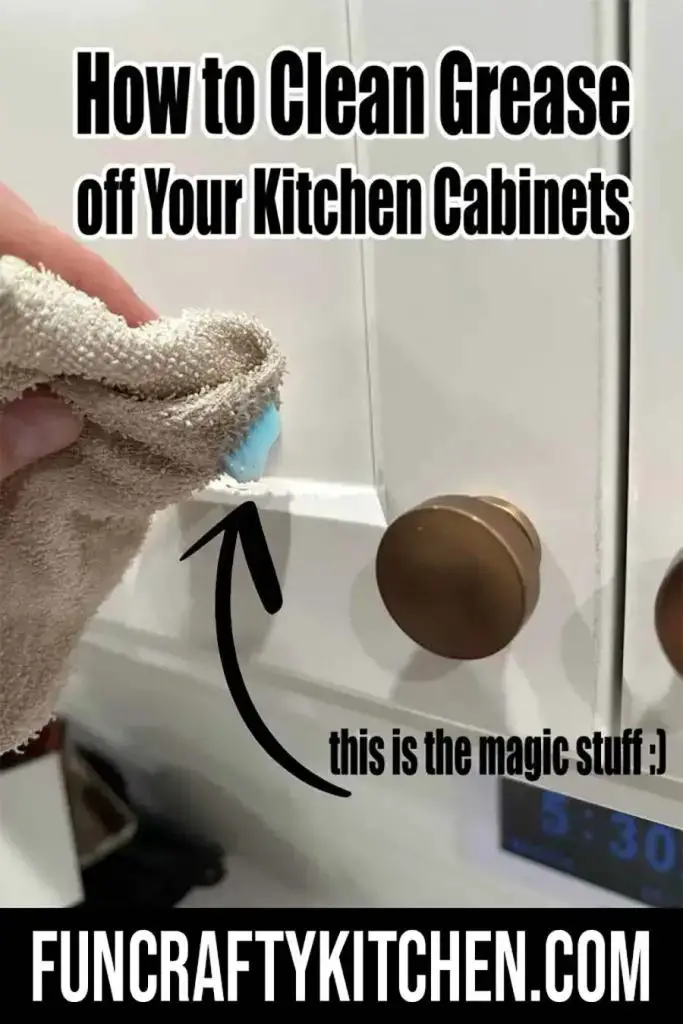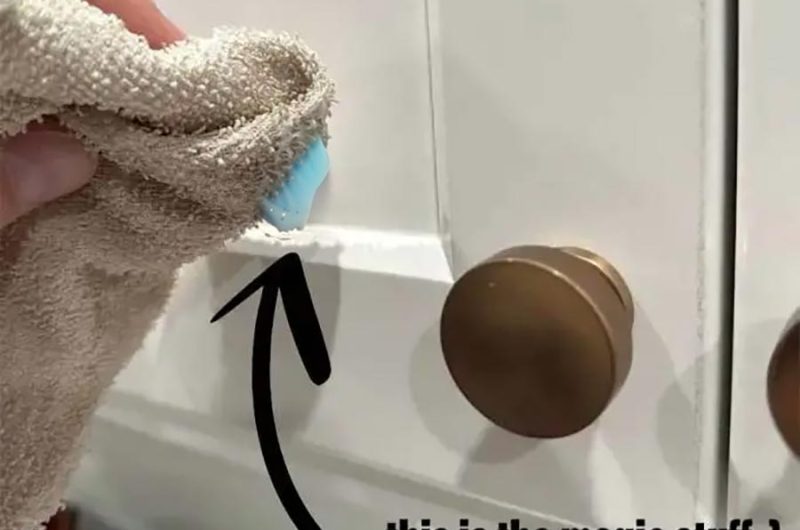How to Clean Grease off Your Kitchen Cabinets
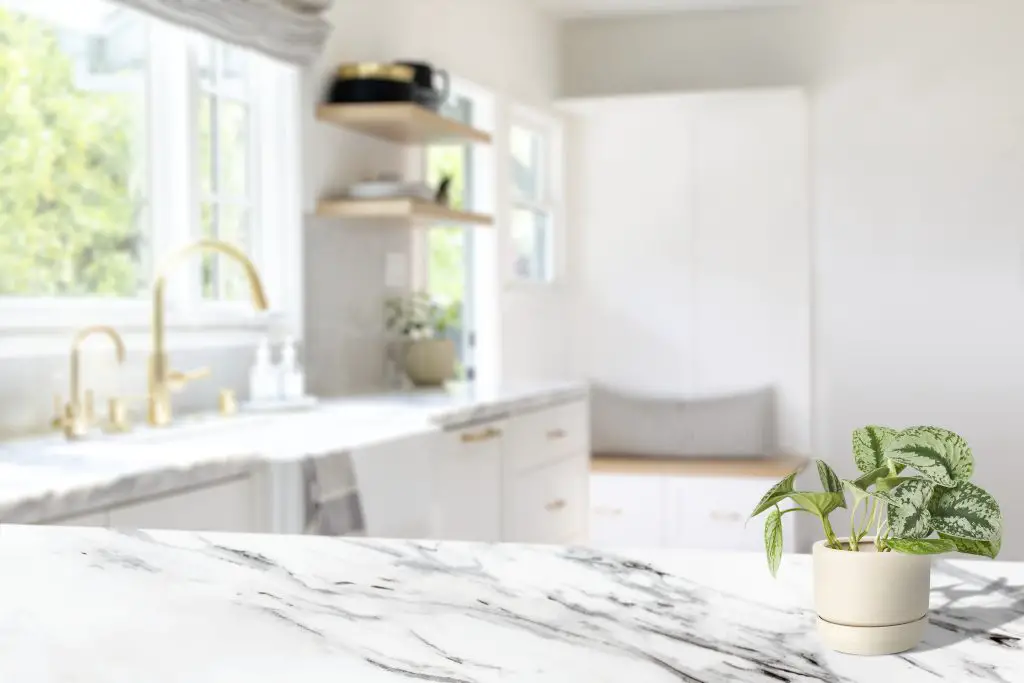
Kitchen cabinets can easily accumulate grease and grime over time, especially if you frequently cook or fry foods. This buildup not only makes your cabinets look dirty but can also be a potential fire hazard. Cleaning grease off kitchen cabinets may seem like a daunting task, but it can be done with a few simple steps.
Step 1: Gather Your Supplies
When gathering supplies to clean grease off your kitchen cabinets, it’s important to choose the right tools and cleaning solutions.
Firstly, you will need a bucket to hold your cleaning solution, and warm water to mix with dish soap and vinegar. You can use any dish soap you have on hand, but make sure it’s a grease-cutting formula for the best results. White vinegar is also a great addition to the cleaning solution as it can help to dissolve grease and remove any lingering odors.
Next, you will need a sponge or cleaning cloth to apply the cleaning solution to your cabinets. It’s important to use a non-abrasive cloth or sponge to avoid scratching the surface of your cabinets. A microfiber cleaning cloth is a good option as it is gentle on surfaces and can absorb a lot of water and grime.
Lastly, you will need a clean towel to dry the cabinets after cleaning. Make sure the towel is absorbent and not too rough, as a rough towel can scratch the surface of your cabinets. You may also want to wear gloves to protect your hands from the cleaning solution and any lingering grease.
By gathering the right supplies, you can effectively clean the grease off your kitchen cabinets and prevent future buildup.
Step 2: Remove Loose Dirt and Dust
Before you begin cleaning the grease off your kitchen cabinets, it’s important to remove any loose dirt and dust from the surface of the cabinets. This step is essential as it helps to prevent scratching the surface of your cabinets when you start wiping them down.
You can use a dry cloth or a soft-bristled brush to remove the loose dirt and dust. Microfiber cloths are a great option as they are gentle on surfaces and can effectively trap dust particles. Make sure to clean the corners, crevices, and edges of the cabinets where dust can accumulate.
If there is a lot of dust or cobwebs, you can use a vacuum cleaner with a soft brush attachment to remove the loose dirt and dust. This method is especially useful if you have high cabinets that are difficult to reach.
By removing loose dirt and dust from your kitchen cabinets, you can ensure that the surface is clean and free from debris, making it easier to apply the cleaning solution and remove the grease buildup.
Step 3: Mix the Cleaning Solution
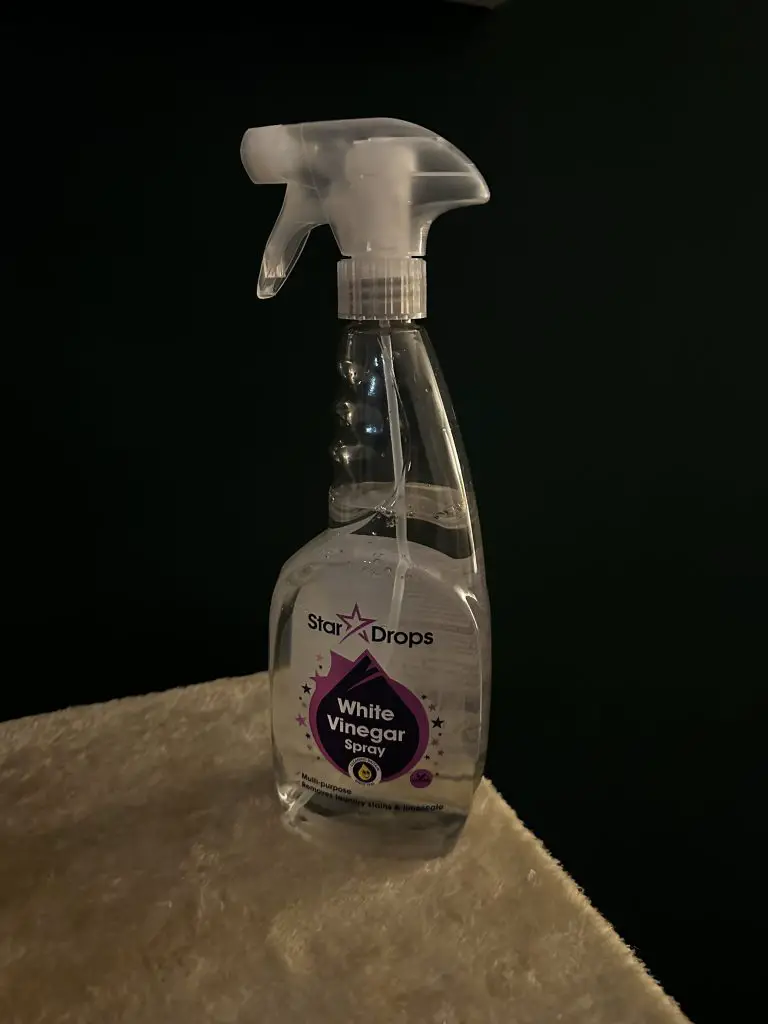
Mixing the right cleaning solution is crucial to effectively remove grease buildup from your kitchen cabinets. Here’s how to mix the cleaning solution:
Fill a bucket with warm water:
Use warm water as it helps to dissolve the grease and make it easier to wipe away.
Add dish soap: Add a few drops of dish soap to the warm water. Make sure to use a dish soap that’s formulated to cut through grease, such as Dawn or Palmolive.
Add white vinegar (optional):
For an extra boost of cleaning power, you can add a quarter cup of white vinegar to the solution. Vinegar is a natural degreaser and can help to dissolve grease buildup on your cabinets.
Mix the solution:
Use a spoon or your hand to mix the cleaning solution thoroughly.
When mixing the cleaning solution, be careful not to use too much soap or vinegar as this can leave a residue on your cabinets. A small amount of each ingredient is all that’s needed to effectively clean your kitchen cabinets.
If you have natural wood cabinets, be cautious when using vinegar as it can damage the finish. Instead, use a specialized cleaner or polish that’s formulated for wood surfaces.
By mixing the right cleaning solution, you can effectively remove the grease buildup on your kitchen cabinets and leave them looking clean and shiny.
Step 4: Apply the Cleaning Solution
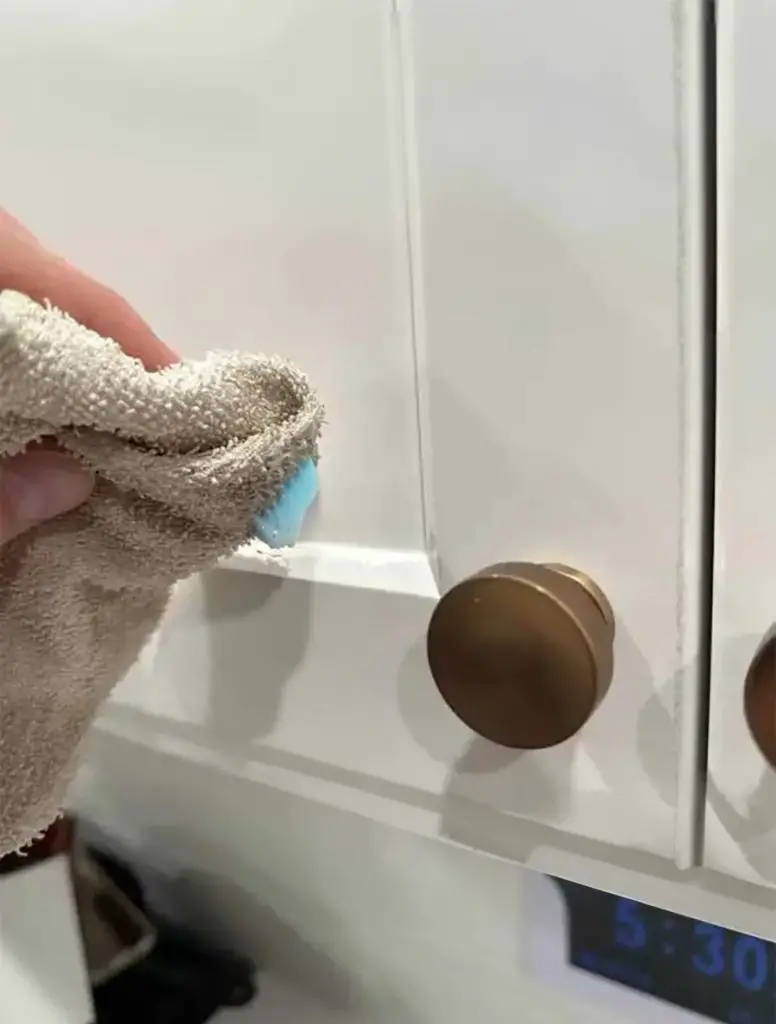
Once you have gathered your supplies and mixed the cleaning solution, it’s time to apply the solution to your kitchen cabinets. Follow these steps to apply the cleaning solution:
Dip your sponge or cleaning cloth into the cleaning solution: Make sure the sponge or cloth is fully saturated with the solution.
Wring out the excess water: Wring out the sponge or cloth to remove any excess water. You want the sponge or cloth to be damp, but not soaking wet.
Start wiping down the cabinets: Begin wiping down the cabinets using circular motions. Pay special attention to areas with heavy grease buildup, such as above the stove or near the handles.
Rinse the sponge or cloth frequently: Rinse the sponge or cloth frequently in the cleaning solution to prevent spreading grease around.
Reapply the cleaning solution as needed: If the cleaning solution starts to dry out or becomes too dirty, reapply the solution to your sponge or cloth.
Continue wiping down all the cabinets: Repeat steps 3 to 5 until all the cabinets have been wiped down with the cleaning solution.
When wiping down the cabinets, make sure to avoid getting the cleaning solution on any electrical appliances, such as the stove or microwave. Additionally, avoid getting the solution on any unfinished wood or unsealed surfaces, as this can cause damage.
By applying the cleaning solution correctly, you can effectively remove the grease buildup on your kitchen cabinets and leave them looking clean and shiny.
Step 5: Rinse and Dry
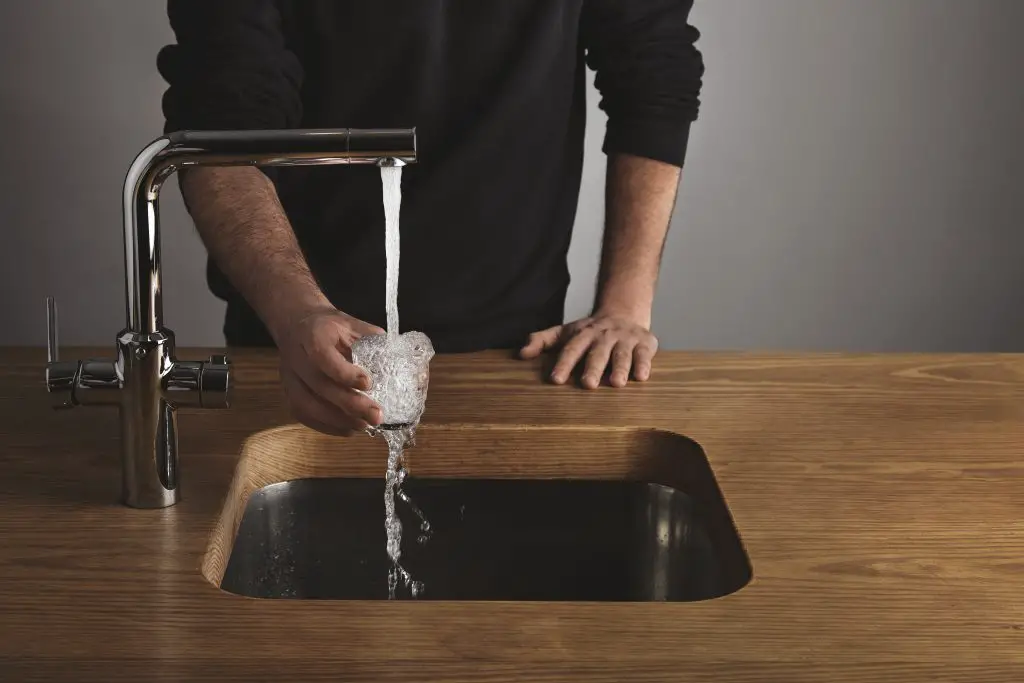
After you have finished applying the cleaning solution to your kitchen cabinets, it’s important to rinse and dry them properly. Here’s how to do it:
Rinse with clean water: Once you have wiped down all the cabinets with the cleaning solution, rinse the cabinets with clean water. You can use a clean cloth or sponge dampened with clean water to rinse the cabinets.
Wipe dry with a clean towel: After rinsing, use a clean towel to dry the cabinets thoroughly. Make sure to dry any excess water from the cabinet’s corners and crevices.
Buff the cabinets: To give your cabinets a polished look, you can use a clean, dry cloth to buff them once they are completely dry.
Inspect the cabinets: Once the cabinets are dry and buffed, inspect them for any remaining grease or grime. If you notice any spots, you can spot clean them using the cleaning solution and a clean cloth or sponge.
By rinsing and drying your cabinets properly, you can ensure that they are free from any remaining cleaning solution and water spots, which can cause streaks or discoloration. Additionally, properly drying your cabinets helps prevent the growth of mold or mildew in any damp spots.
In conclusion, following these steps to rinse and dry your kitchen cabinets after cleaning the grease buildup can leave your cabinets looking clean and shiny, and also help to maintain their longevity.
Additional Tips:

For tough grease stains, you may need to use a stronger cleaning solution. You can mix equal parts baking soda and water to form a paste and apply it to the stain. Let the paste sit for a few minutes before wiping it away with a damp cloth.
To prevent future buildup, wipe down your cabinets regularly with a damp cloth or sponge to remove any grease or dirt.
Avoid using abrasive cleaning tools or harsh chemicals on your cabinets, as these can scratch or damage the surface.
If your cabinets have a wood finish, you may want to use a specialized cleaner or polish to maintain the wood’s natural shine and protect it from damage.
Cleaning grease off kitchen cabinets may seem like a chore, but it is an important part of keeping your kitchen clean and safe. With the right tools and a little elbow grease, you can have your cabinets looking like new in no time!
Cleaning kitchen cabinets is important for several reasons:
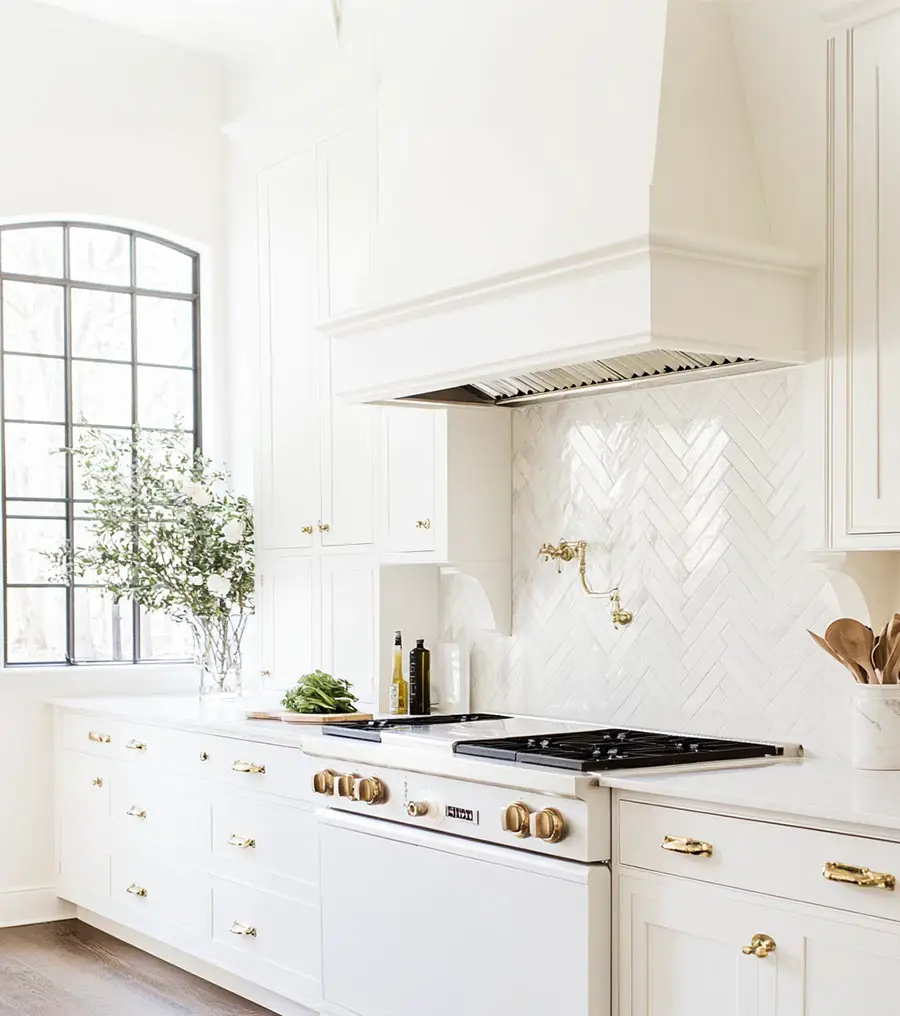
Appearance: Kitchen cabinets are a prominent feature in any kitchen, and dirty or greasy cabinets can make the entire kitchen look unclean and unkempt. Regular cleaning of your cabinets can help keep your kitchen looking clean and inviting.
Hygiene: Kitchen cabinets can harbor bacteria and germs that can contaminate your food and cause illness. Regular cleaning can help eliminate harmful bacteria and keep your kitchen a healthy place to cook and eat.
Prolonged life of cabinets: Over time, grease and grime can build up on cabinets and cause them to deteriorate. Regular cleaning can help prevent the buildup of grease and dirt that can cause cabinets to discolor or warp, prolonging their lifespan.
Maintenance: Regular cleaning of kitchen cabinets can help identify any damage or issues that may need to be addressed, such as loose hinges or damaged wood. By identifying these issues early, you can address them before they become more significant problems.
Check out some of our other recipes / crafts.
Save Your Bacon Grease: 9 Surprising Uses You’ll Love
Make Delicious Ice Cream in a Bag in Just 15 Minutes
If You Enjoyed This Recipe, Please Share It on Your Social Media!
If you found this recipe helpful and delicious, don’t keep it to yourself! Share it with your friends and family on social media so they can enjoy it too. Spreading the love makes cooking even more fun!
